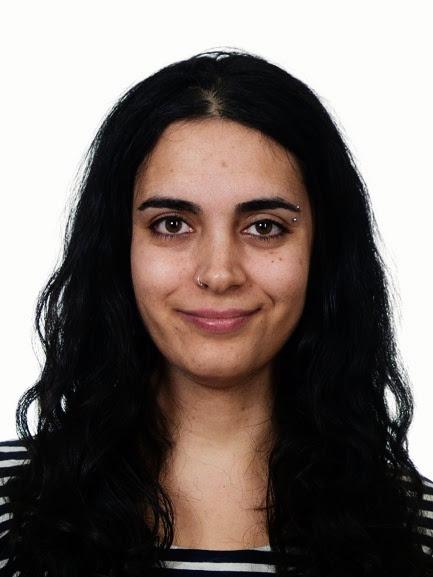Walking through the Louvre and it’s Department of Near Eastern Antiquities feels like travelling without movement. Between the blue-glazed bricks of Babylon and the terracotta figurines from Susa, visitors meet the ancestors of writing, architecture, and worship itself.
These are objects from long-vanished cities: Ur, Nineveh, Mari, Persepolis. They were gathered under a single roof during 19th-century excavations. The experience is not simply archaeological. It is emotional, almost personal.
Here, devotion, craft, and daily life become legible again through the simplest details: a comb, a harp, the gesture of a hand on a votive statue. The scale is overwhelming. Even after multiple visits, few people manage to read every inscription or trace every myth.
The galleries are a reminder of how vast the human record is, and how much of it survives only through fragments.
Preservation Matters
The Near East is the birthplace of history, but also a place repeatedly scarred by destruction.
In Iraq and Syria, wars and looting erased countless sites over the past two decades. The Louvre’s collections, built from 19th-century excavations and early archaeological missions, now hold pieces of worlds that no longer exist in their original form.
To some, this raises difficult questions about cultural ownership. Yet for many scholars and visitors, the museum’s role as custodian has proved vital. What might once have been seen as removal now feels like refuge.
The Louvre’s curators describe these halls not as trophies but as archives of shared human heritage. Their work has helped preserve languages, art forms, and architectural principles that shaped both East and West.
A Dialogue Between Worlds
France’s imperial past inevitably shadows its collections. Many of the excavations were funded by colonial institutions, and the Louvre’s holdings reflect that history. Yet the museum today also serves as a bridge.
Through collaborations with Iraq, Iran, Lebanon, and Turkey, it shares expertise, restoration methods, and digital access to artefacts.
These exchanges show that preservation need not mean possession. They also demonstrate how cultural diplomacy can connect societies through what they once shared, not what they lost.
In recent years, partnerships with the National Museum of Iran and the Syrian Directorate of Antiquities have focused on training and digital archiving. Projects like these prove that museums can evolve from collectors into collaborators.
Lessons from Ancient Hands
Standing before a carved Assyrian relief or a Phoenician amulet, one senses how little separates us from those who made them. Their stories are not only about kings and empires but about artists, traders, and worshippers who once shaped the same human questions: devotion, beauty, and survival.
These artefacts tell us that civilisations never truly vanish; they change form, waiting for someone to listen again. In this way, the Louvre’s Near Eastern galleries achieve what few institutions manage: they turn history into empathy.
They remind Europe that its own ideas of art, architecture, and order were born in the lands between the Tigris and the Nile.
Beyond the Marble Halls
Museums often balance spectacle and scholarship, but the Louvre’s ancient halls still manage to be intimate. They show that preservation and admiration can coexist, that beauty does not need to be modern to be relevant.
Each artefact is a quiet argument for continuity. The Near East, so often described through conflict, appears here as a landscape of invention and grace.
The galleries teach us that what endures is not only stone but spirit. The oldest stories we tell about gods, music, and home are still our own.
Keep up with Daily Euro Times for more updates!
Read also:
The Case of a Missing Picasso: Europe’s Art World and the Fragility of Trust
Yazd, Iran: Where Wind, Clay, and Faith Endure
Iraq Infrastructure Boom Opens New Trade Routes for Greece and European Investors






